|
Originally posted on Teaching TSP
This year I taught Introduction to Sociology. In order to discuss the power of discourse in society, I showed by students Chimamanda Adichie’s 2009 TED Talk called “The Danger of a Single Story“. My students were enamored. We had a fascinating and engaging discussion about single stories and the ways in which they affected my students’ lives and their engagement with the world around them. As a result of this phenomenal class, I developed the following assignment that I thought other sociologists would like to adapt to fit their courses.
|
.
.
Tags
All
|

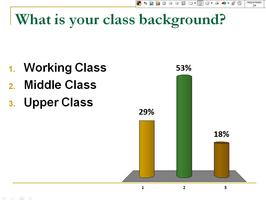
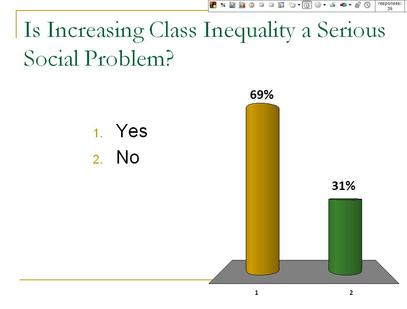
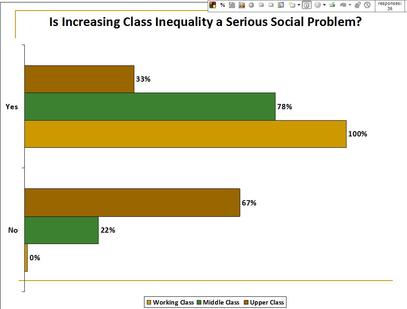
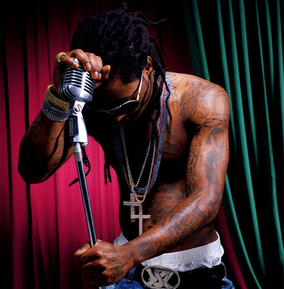
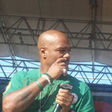
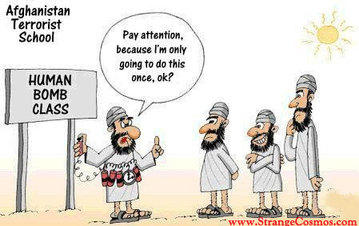
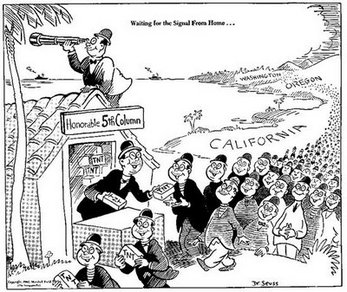
 RSS Feed
RSS Feed